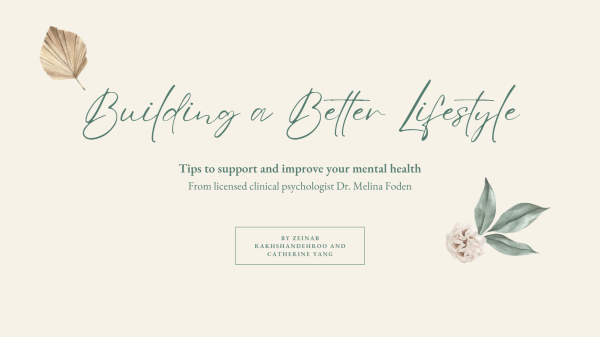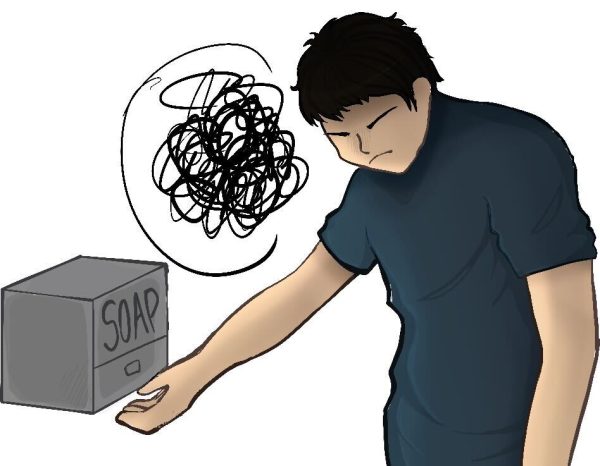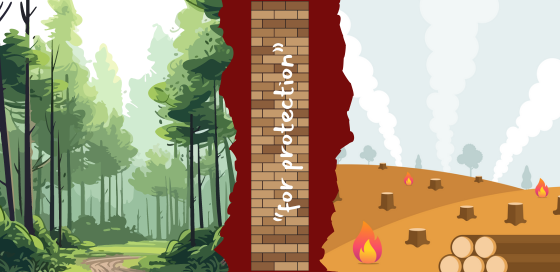COVID-19 vaccine won’t take us to the past
Release of vaccine doesn’t mean everything returns back to “normal”
After months of waiting, the COVID-19 vaccine has finally been authorized by the FDA and is being distributed across the country.
71% of Americans say they will “definitely or probably” get the vaccine and 39% said they would “wait and see” how initial vaccination goes before getting a vaccine themselves according to a survey from the Kaiser Family Foundation.
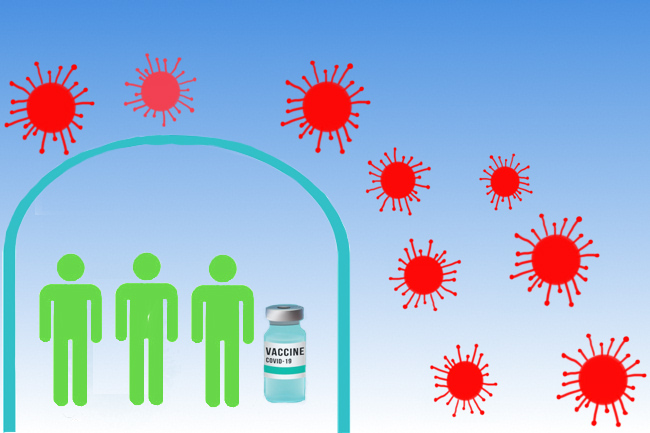
The release of the vaccine might placate many for the current moment, but it won’t make everything go back to normal.
Currently, the most advanced vaccines use three different approaches: viral vectors — using a harmless virus which is altered to contain part of COVID-19’s genetic code — RNA, which contains a synthetic version of part of COVID-19’s genetic code and protein subunit, which uses pieces of the COVID-19 virus, and last protein subunit vaccines that contain harmless proteins of virus for bodies to develop T-lymphocytes for antibodies to fight the virus if infected according to CDC.
The release of the COVID-19 vaccine is great news as once the majority of the public has taken the vaccine, the spread of COVID-19 will potentially reduce, according to BBC News. It will shorten the time needed for the country to go back to normal.
However, I am skeptical about the workings of the vaccine and this is part of my concern when trying to decide if I will take the vaccine.
As COVID-19 continues to spread across the United States, misunderstanding of herd immunity has started to show up. Herd immunity is achieved when large percentages of a population become immune to a disease.
Herd immunity against COVID-19 will be achieved by protecting people through vaccination, not by exposing them to the pathogen that causes the disease for developing immunity.
In terms of COVID-19, the percentage of the population that needs to be vaccinated to achieve herd immunity is estimated to be between 70% and 90%, according to David G. Hill, a member of the Lung Association’s National Board of Directors.
Although vaccines have helped the world get rid of deadly diseases such as fever and smallpox, the process always takes time and there are no guarantees ensuring the results of the COVID-19 vaccine will be positive.
At this point, being vaccinated doesn’t mean the full development of the immune system and one can still be exposed in crowded areas with no prevention, such as masks.
The current coronavirus vaccine is 95% effective and has no serious side effects from the first set of complete results of a late-stage vaccine trial, according to Pfizer. This means out of 100 people, there would still be about five people where the vaccine doesn’t work.
The vaccine should definitely be taken once the distribution has started, but just because the vaccine is here doesn’t mean we shouldn’t maintain precautionary measures.
I hope the vaccines will eventually help bring the spreading of COVID-19 under control, but before that, the usage of masks in public areas and social distancing should be continued.



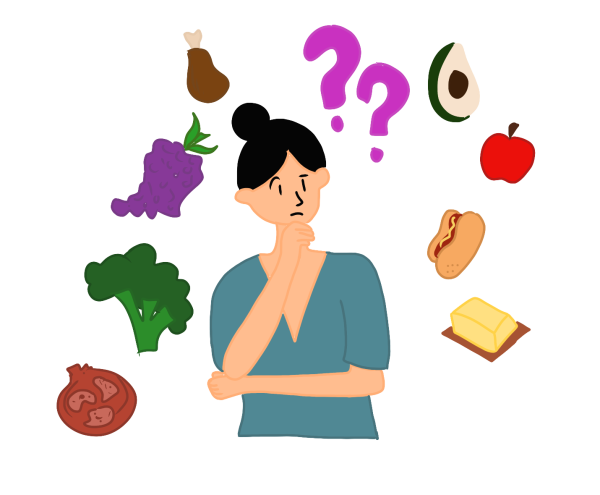
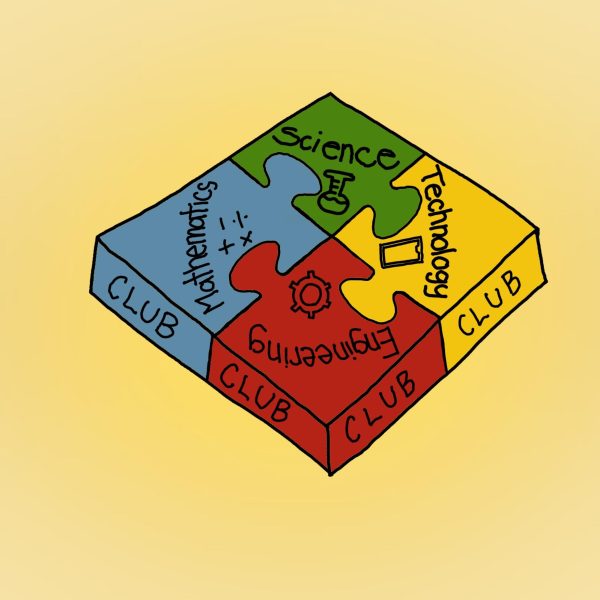

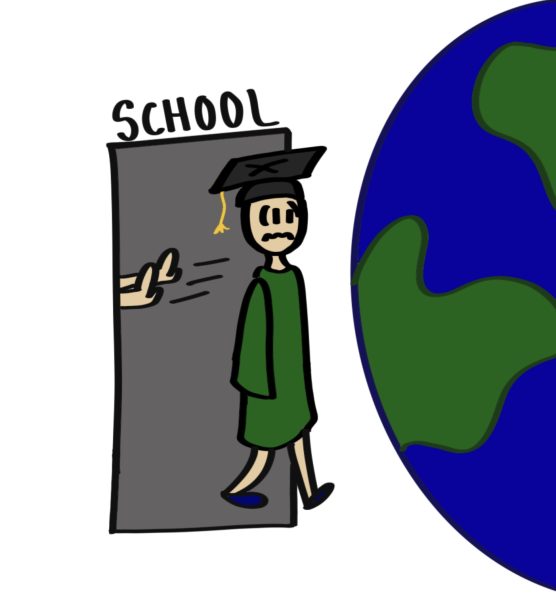
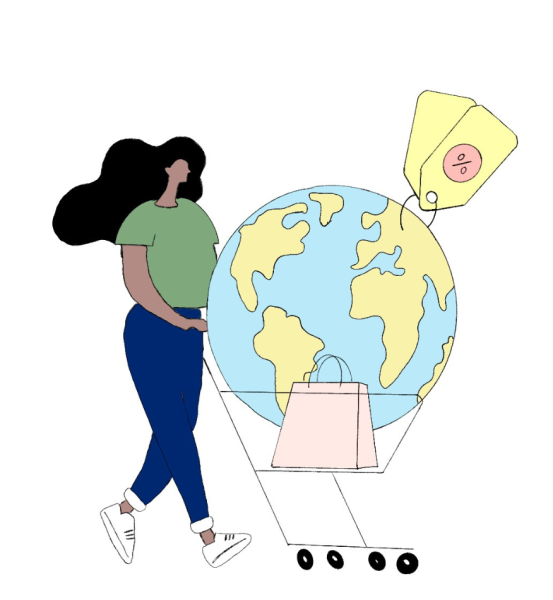
![Junior Shiva Chitta said his friends and family encouraged him to attend prom, despite initially intending not to.
“My mom told me to go and ‘have a slice of [my] life,’” Chitta said. “Im sure there are prom [events] in colleges…but we have to go [to junior and senior prom.]”](https://hhsepitaph.com/wp-content/uploads/2024/06/PromG2024_1-600x400.jpg)
